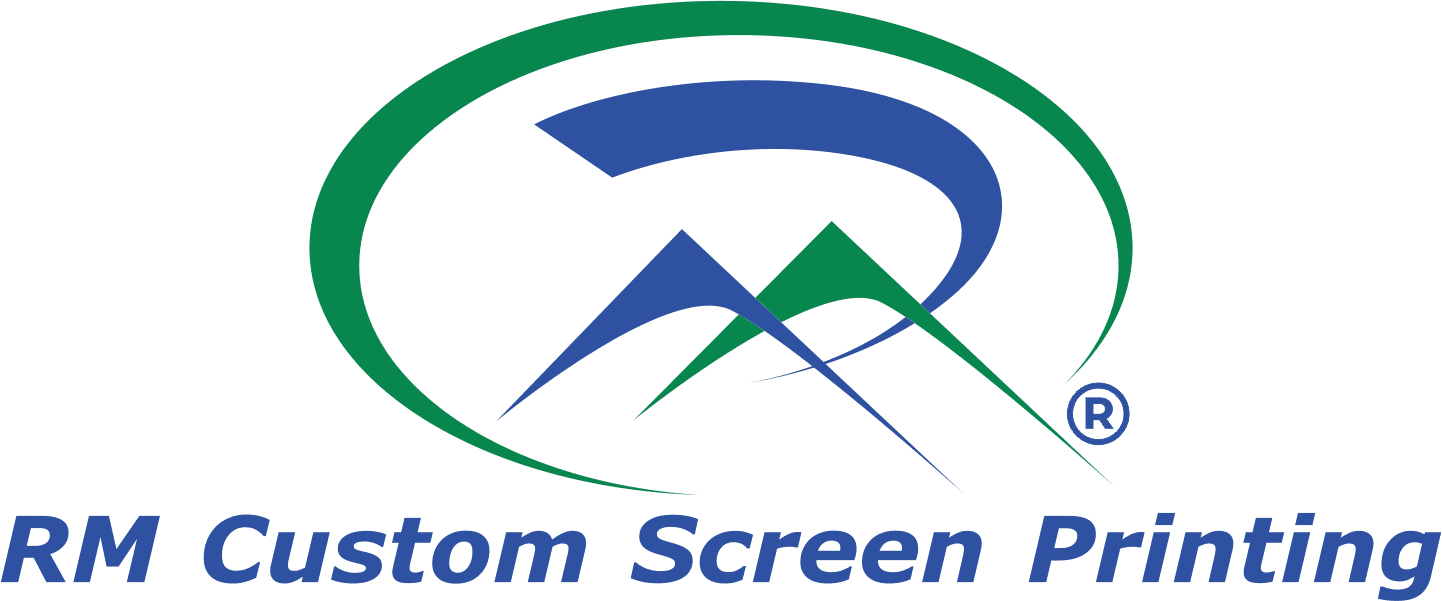You might think that a picture is a picture when it comes to using your images in print, the web or for custom printing, but there are some very important distinctions to be made. The most important of these is between raster images and vector images.
What is a Raster image?
Raster (or bitmap) images are generally what you think about when thinking of images. These are the types of images that are produced when scanning or photographing an object. Raster images are compiled using pixels, or tiny dots, containing unique color and tonal information that come together to create the image.
Since raster images are pixel based, they are resolution dependent. The number of pixels that make up an image as well as how many of those pixels are displayed per inch, both determine the quality of an image. As you may have guessed, the more pixels in the image and the higher the resolution is, the higher quality the image will be.
For example, if we scale a raster image to enlarge it, without changing the resolution, it will lose quality and look blurry or pixilated. This is because we are stretching the pixels over a larger area, thus making them look less sharp. This is a common problem but can be remedied by using raster image editing programs such as Photoshop to change resolution and properly scale images.
Common Raster Image Types: JPG, TIFF, GIF, PNG, BMP
What is a vector image?
instead of trying to keep track of the millions of tiny pixels in a raster image, vector images, or line art, keep track of points and the equations for the lines that connect them. Generally speaking, vector images are made up of paths or line art that can be infinitely scalable because they work based on algorithms rather than pixels.

